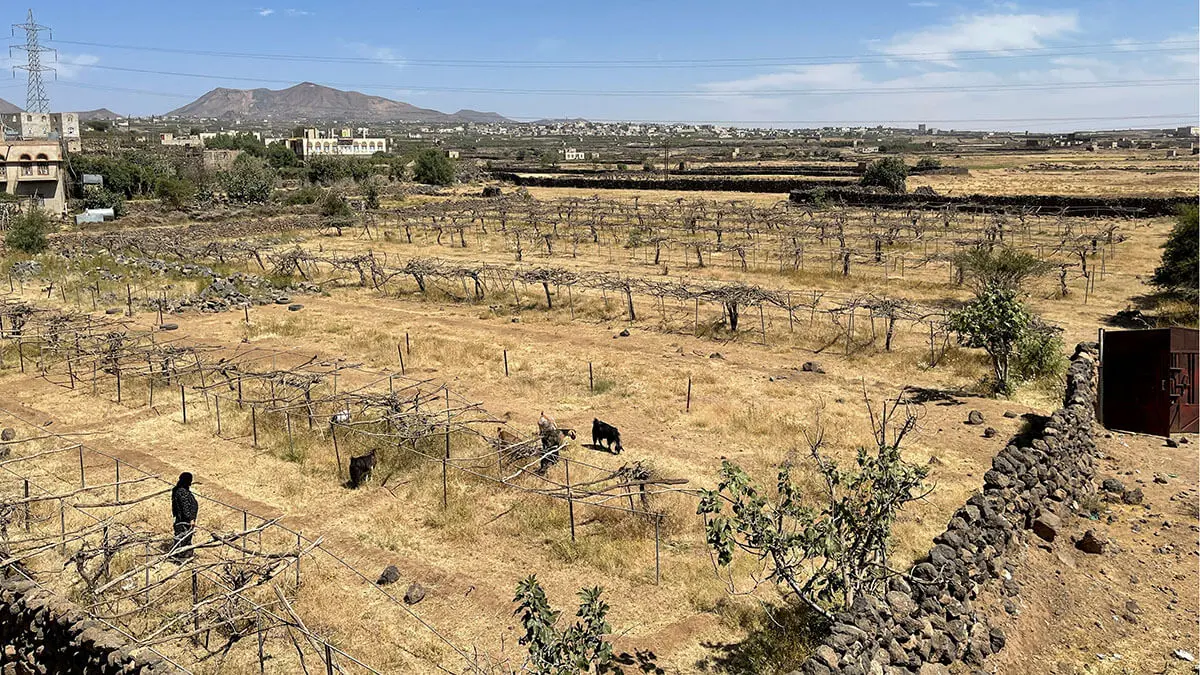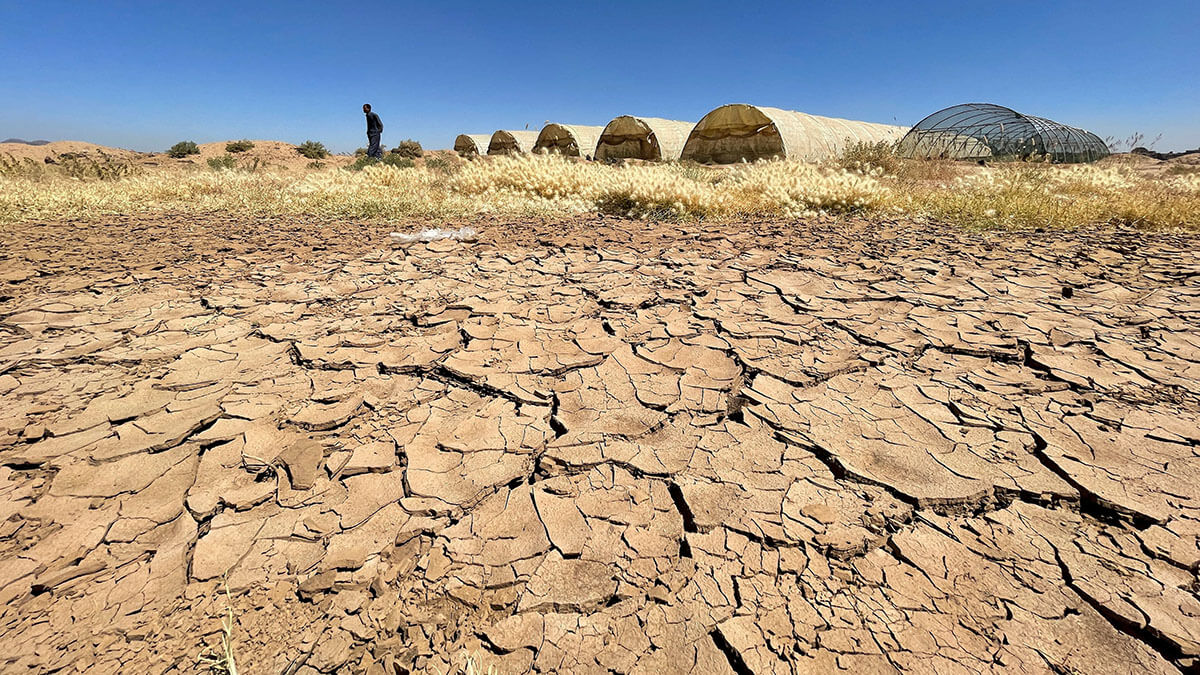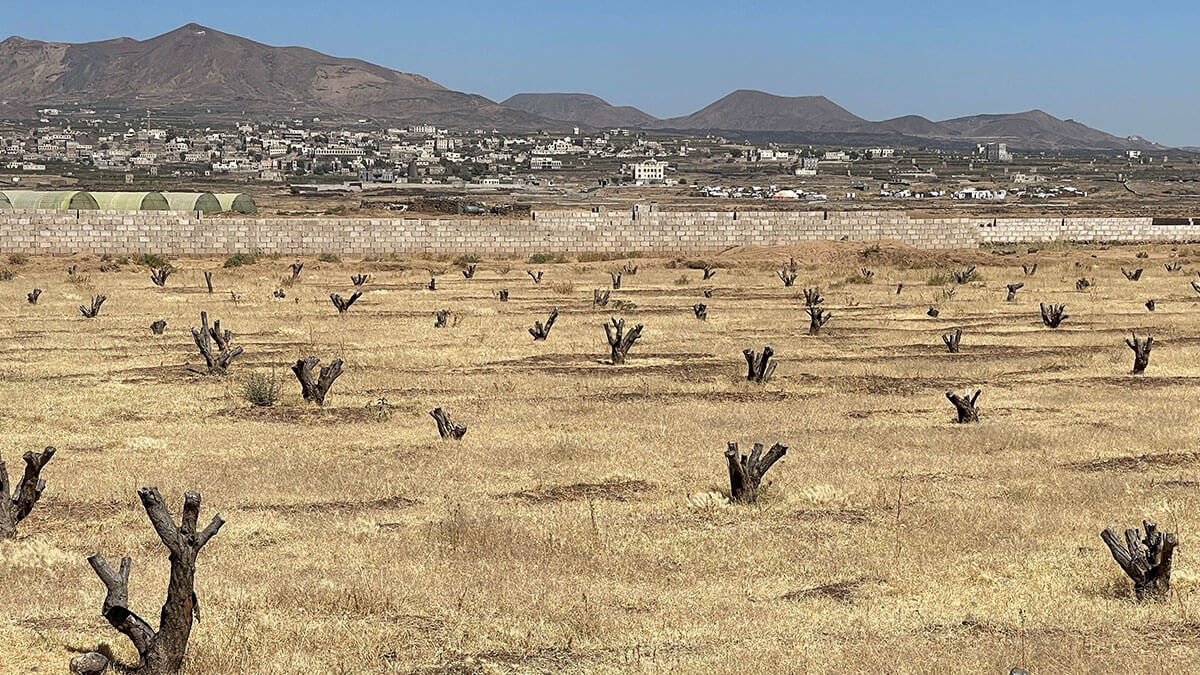Climate change puts Yemen even more at risk

The Food and Agriculture Organisation of the United Nations (FAO) has warned that ‘Yemen is suffering one of the worst food crises in the world’. The territory's food supply is in serious danger due to climate change.
The institution has detailed in its report on global food crises that by 2024, four regions will suffer from ‘extremely critical’ malnutrition.
The entire Arabian Peninsula has been experiencing higher than normal temperatures since last month, but unlike Yemen, it has sufficient resources to address the drought problem.

In addition to the heat waves and lack of rain affecting both agriculture and livestock, the country has been embroiled in a civil war since 2015 between the Houthis and the internationally recognised government, which has led to the almost complete collapse of the economy, employment and infrastructure in the territory.
The Yemeni non-profit organisation Green for Environment, Climate & Development has stressed that the lack of active government agencies has exacerbated the situation in the country because they are not fulfilling their role in combating climate change. It added that ‘according to the Ministry of Planning's Economic Development Report (2018), the agricultural sector only contributed 15% of total self-sufficiency’ last year.

The climate-adapted agricultural strategies that the population developed to cope with the prolonged crisis no longer seem to be as effective. In addition, the UN said that livestock should be moved to areas that still have pasture, which poses a risk of disease.
Cases of cholera and diarrhoea threaten rural areas in particular, with 32% of global cases in Yemen, according to the FAO report.
Similarly, prolonged high temperatures and drought exponentially increase the risk of pest outbreaks, which would add another serious problem to the food crisis.
Geological engineer Yousef Al-Nahmi of the Water Resources Authority confirmed that all river basins (especially that of Sana'a) are seriously threatened by drought.
According to the United Nations Office for Project Services (UNOPS), Yemen also faces ‘unpredictable rainfall patterns’ that put farmers in a very vulnerable position.
The FAO warned that nearly 18 million people ‘face high levels of acute food insecurity’ and that nearly $80 million in aid is needed.
It also warned that rain-fed crops are highly vulnerable to sudden changes in humidity during their growth stage, while irrigated crops need assistance in the face of drought.

Soil fertility has been lost due to climate change, intensifying desertification and erosion. The National Report on Combating Desertification in Yemen (2004) analysed that 97% of the entire territory fell victim to this conflict to varying degrees.
In addition, the World Resources Institute concluded in a report that the nation is expected to suffer 100% water stress by 2050 due to its irrigated agriculture and irregular rainfall.
Yemeni public health researcher Wafaa Al-Sanidar warned that projects and initiatives need to be implemented to prepare Yemen for the problem of climate change. Al-Sanidar argued for the urgent need to use renewable energy and build reservoirs and dams, among other measures.
Yemen receives aid from various international charities, but this is not enough in the face of a conflict that is hindering any national efforts to address the humanitarian crisis exacerbated by global warming.









